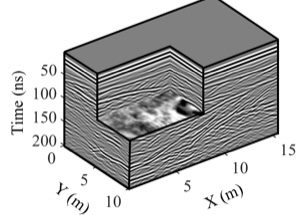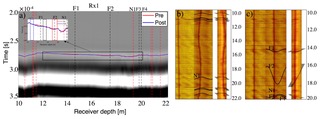Thèse soutenue par Hassan Mohamed Ahmed Khozyem Saleh le 3 décembre 2013, Institut des sciences de la Terre (ISTE)
A gradual increase in earth`s surface temperatures marking the transition from the late Paleocene to early Eocene (55.8±0.2Ma), represents an extraordinary warming event known as Paleocene Eocene Thermal Maximum (PETM). Both marine and continental sedimentary records during this period reveal evidences of massive injection of isotopically light carbon. The carbon dioxide injection from multiple potential sources may have triggered the global warming. The importance of the PETM studies is due to the fact that the PETM bears some striking resemblances to the human-caused climate change unfolding today.
Most notably, the culprit behind it was a massive injection of heat trapping greenhouse gases into the atmosphere and oceans, comparable in volume to what our persistent burning of fossil fuels could deliver in coming centuries. The exact knowledge of what went on during the PETM could help us to foresee the future climate change. The response of the oceanic and continental environments to the PETM is different. The present work demonstrates that the PETM signal is preserved in marine and continental sedimentary records and underlines an injection of huge amount of CO2 in both marine and atmospheric systems, but the response of the oceanic and continental environments is different. Our results based on a multiproxy approach show that many factors might have controlled these differences such as paleogeography, paleotopography, paleoenvironment, and paleodepth. The PETM coincides globally with extreme climatic fluctuations and that terrestrial environments are therefore very to have recorded such climatic changes.



